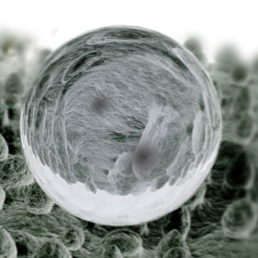
Microscopically rough surface additives modeled after lotus leave surfaces have been introduced into a new generation of paint, glass, and fabric finishes, greatly reducing the need for chemical or laborious cleaning.
Read More
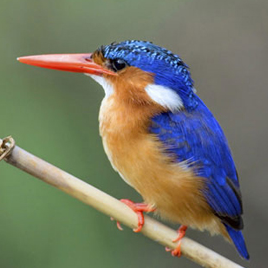
Modeling the front-end of the train after the beak of kingfishers resulted not only in a quieter train, but 15% less electricity use even while the train travels 10% faster.
Read More
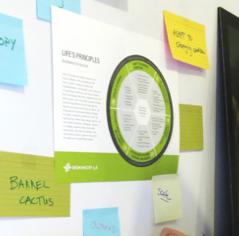
The Biomimicry DesignLens is a collection of diagrams that visually represent the foundations of our design approach. It includes the core components of this approach: Essential Elements, Life's Principles, and Biomimicry Thinking. Available in multiple languages.
Read More
We're excited to share five new DesignLens translations with you. Download the collateral from this page.
Read More

We are excited to share the Biomimicry DesignLens diagrams with you via a Creative Commons (CC) license. Please follow the guidelines listed below before using any of the diagrams or icons contained in the folder.
Read More
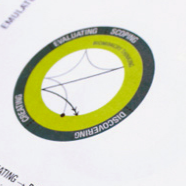
Biomimicry Thinking provides context to where, how, what, and why biomimicry fits into the process of any discipline or any scale of design. While akin to a methodology, Biomimicry Thinking is a framework that is intended to help people practice biomimicry while designing anything.
Read More
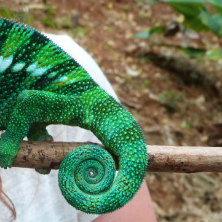
Life’s Principles are design lessons from nature. Based on the recognition that Life on Earth is interconnected and interdependent, and subject to the same set of operating conditions, Life has evolved a set of strategies that have sustained over 3.8 billion years.
Read More
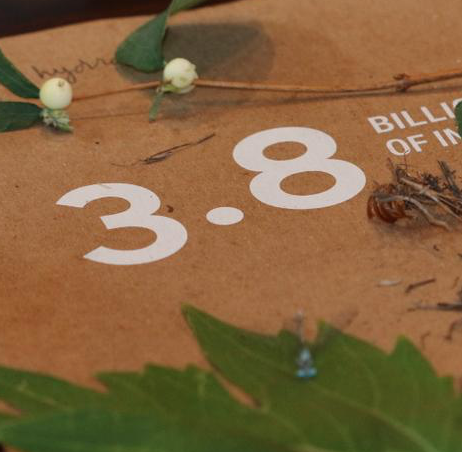
The practice of biomimicry embodies three interconnected, but unique ingredients; the three Essential Elements of Biomimicry represent the foundation of the biomimicry meme. By combining the essential elements together, bio-inspired design becomes biomimicry.
Read More





